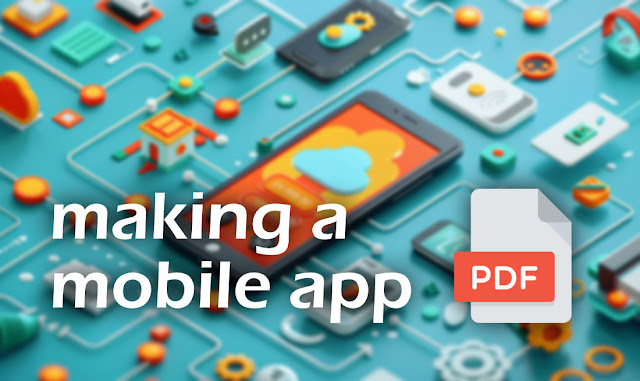GraphQL vs REST: A Comparative Analysis
GraphQL vs REST: A Comparative Analysis
Introduction
In the world of web development, APIs (Application Programming Interfaces) are essential for enabling communication between different software systems. The two dominant paradigms for building APIs are REST (Representational State Transfer) and GraphQL. While REST has been the industry standard for many years, GraphQL is rapidly gaining traction as a more flexible and efficient alternative. This article will compare the two technologies, highlighting their advantages and disadvantages.
REST: Overview and Characteristics
REST is an architectural style for designing networked applications. It relies on stateless, client-server communication, typically over HTTP, and uses standard HTTP methods (GET, POST, PUT, DELETE) to perform CRUD (Create, Read, Update, Delete) operations. RESTful APIs expose resources (e.g., users, posts, comments) as URIs (Uniform Resource Identifiers) and use HTTP status codes to indicate the result of operations.
Advantages of REST
- Simplicity and Universality: REST uses standard HTTP methods and status codes, making it easy to understand and implement. It is widely supported and can be used with virtually any programming language.
- Statelessness: Each request from a client to a server must contain all the information needed to understand and process the request. This stateless nature simplifies server design and allows for easier scalability.
- Caching: REST APIs can leverage HTTP caching mechanisms to improve performance and reduce load on the server.
Disadvantages of REST
- Over-fetching and Under-fetching: Clients often receive more data than needed (over-fetching) or not enough data (under-fetching), requiring additional requests.
- Multiple Round-Trips: To gather related data, clients may need to make multiple requests, leading to higher latency and increased network traffic.
- Lack of Flexibility: Any changes to the data structure may require changes to the API endpoints, making it less flexible and harder to evolve.
GraphQL: Overview and Characteristics
GraphQL is a query language for APIs and a runtime for executing those queries. It allows clients to request exactly the data they need and nothing more. GraphQL APIs are defined by a schema, which describes the types of data and the relationships between them.
Advantages of GraphQL
- Precise Data Fetching: Clients can specify exactly which fields they need, reducing over-fetching and under-fetching of data.
- Single Request: GraphQL enables clients to fetch all required data in a single request, reducing the number of round-trips between the client and server.
- Flexibility and Evolution: GraphQL schemas are strongly typed and can evolve without breaking existing queries, allowing for more flexible and maintainable APIs.
- Introspection: GraphQL provides introspection capabilities, allowing clients to query the schema for information about available types, fields, and operations, which enhances development and debugging.
Disadvantages of GraphQL
- Complexity: GraphQL can be more complex to set up and use, particularly for developers who are accustomed to REST.
- No Native Caching: GraphQL does not inherently support HTTP caching, requiring additional strategies for optimizing performance.
- Learning Curve: Developers need to learn new concepts and syntax to use GraphQL effectively, which can be a barrier to adoption.
Comparative Analysis
Data Fetching Efficiency
- REST: Clients often over-fetch or under-fetch data, leading to inefficient use of network resources.
- GraphQL: Clients fetch exactly what they need, optimizing data transfer and reducing bandwidth usage.
Flexibility and Evolution
- REST: Adding new fields or changing the data structure can require creating new endpoints or modifying existing ones, which may break backward compatibility.
- GraphQL: The schema can evolve without breaking existing queries, allowing for smoother and more flexible API evolution.
Performance and Caching
- REST: Benefits from built-in HTTP caching, improving performance for repeat requests.
- GraphQL: Requires custom caching strategies since it does not inherently support HTTP caching.
Complexity and Learning Curve
- REST: Simpler and more straightforward to implement, with a shallower learning curve.
- GraphQL: More powerful but also more complex, with a steeper learning curve and additional setup requirements.
Conclusion
Both REST and GraphQL have their strengths and weaknesses, and the choice between them depends on the specific needs of your application. REST remains a solid choice for simpler, well-defined APIs with predictable data structures and strong caching requirements. GraphQL, on the other hand, excels in scenarios where flexibility, precise data fetching, and efficient data transfer are paramount.






Comments
Post a Comment